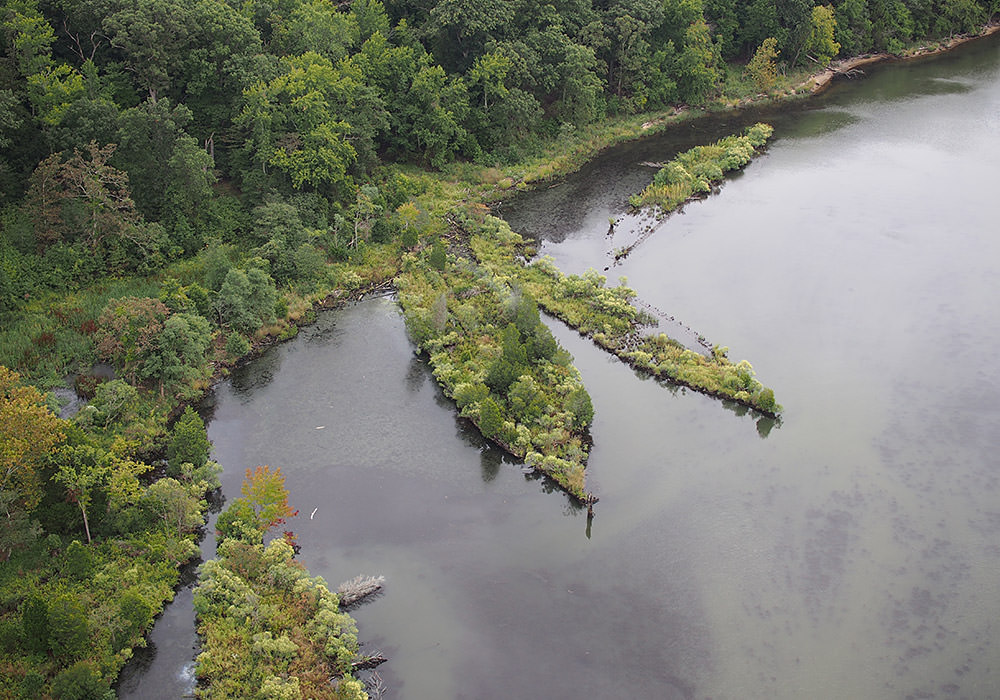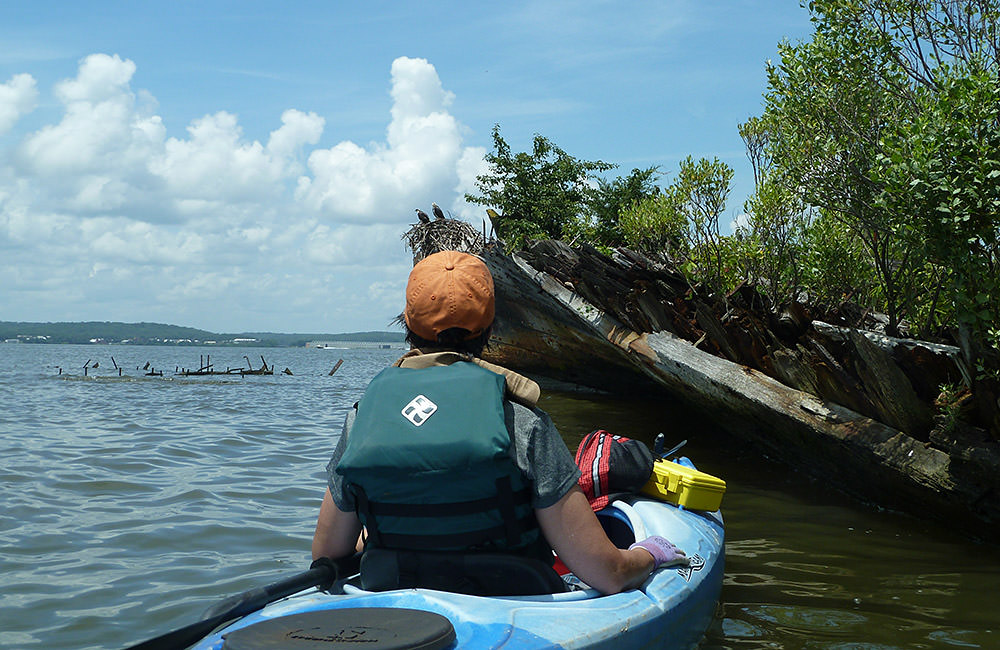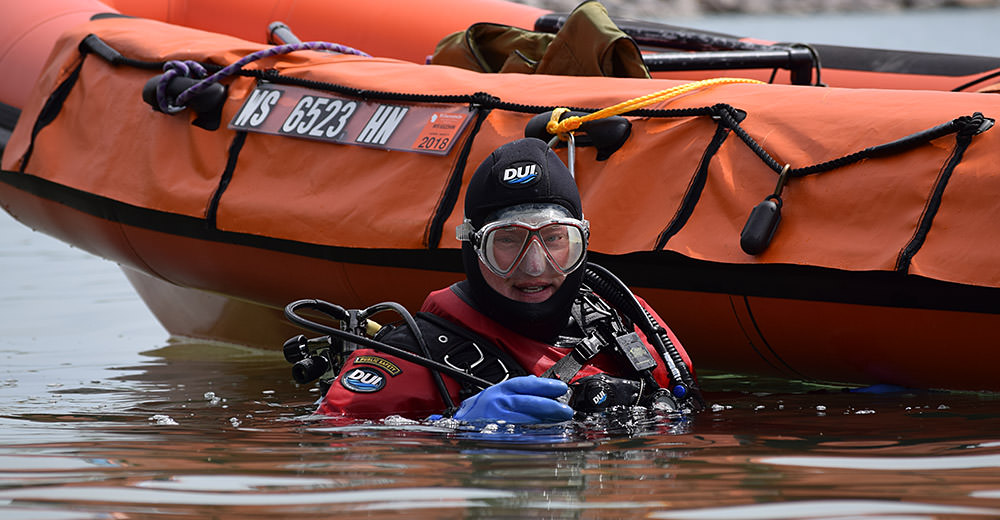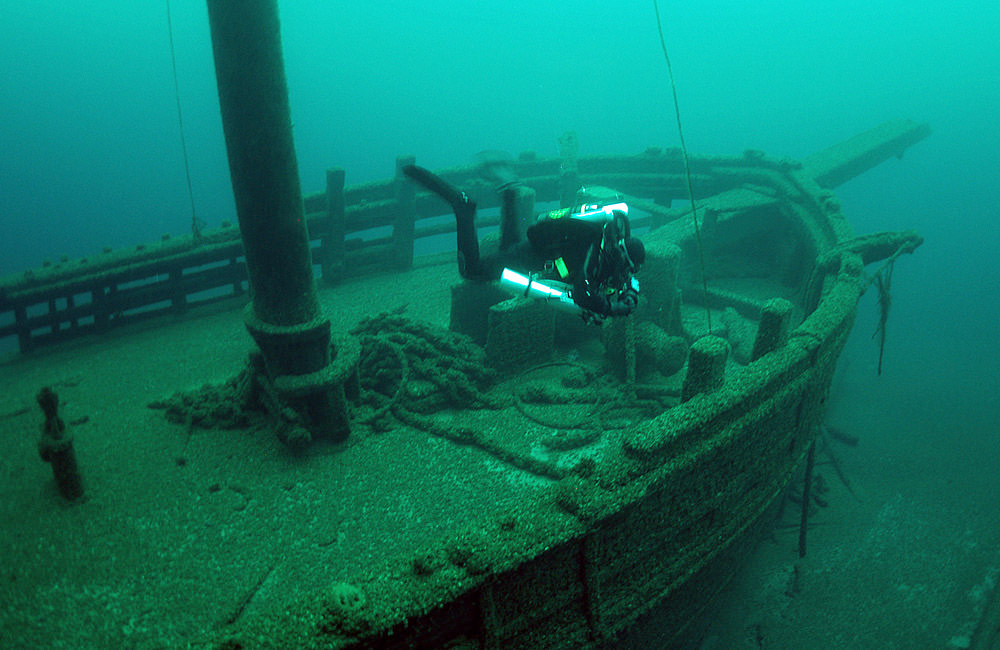NOAA moves to conserve shipwrecks in two new sanctuaries
January 2017
Public invited to comment on proposals for Mallows Bay - Potomac River and Wisconsin - Lake Michigan national marine sanctuaries beginning Monday, January 9

The National Marine Sanctuary System includes 13 national marine sanctuaries across the nation, from the Western Pacific waters of American Samoa east to the North Atlantic Ocean. Today, NOAA has proposed two more national marine sanctuaries, and invites the public to comment on these proposals.
In Wisconsin, NOAA is proposing to designate a 1,075-square-mile area of Lake Michigan adjacent to Manitowoc, Sheboygan, and Ozaukee counties. In Maryland, NOAA is proposing a national marine sanctuary along a 52-square-mile stretch of the tidal Potomac River adjacent to Charles County.
In 2014, NOAA announced a new Sanctuary Nomination Process inviting communities across the nation to nominate their most treasured marine and Great Lakes places for consideration as national marine sanctuaries. Both of the proposed new sanctuaries were submitted to NOAA through this new process and included broad community and bipartisan support. In October 2015, NOAA announced its intent to designate these two new sanctuaries to help conserve at-risk, nationally-significant shipwrecks and maritime heritage resources. Recently, NOAA issued a detailed description of the new sanctuaries and how they would be managed. The public are invited to weigh in during a comment period through March 31st.

The proposed Mallows Bay - Potomac River site in Maryland contains an extraordinary collection of more than 100 known and potential shipwrecks dating from the Revolutionary War through the present. The shipwrecks include the remains of the largest “Ghost Fleet” of World War I wooden steamships built for the U.S. Emergency Fleet, which are listed on the National Register of Historic Places. Their construction at more than 40 shipyards in 17 states reflected the massive wartime effort that drove the expansion and economic development of communities and related maritime service industries in the early 20th century.
In addition to its maritime heritage resources, Mallows Bay is a largely undeveloped landscape and waterscape identified as one of the most ecologically valuable in Maryland. While NOAA’s proposed sanctuary regulations would focus only on the protection of the shipwrecks and associated maritime heritage resources, the structures provided by shipwrecks and related infrastructure serve as habitat for populations of recreational fisheries, bald eagles, and other marine species.

The proposed Wisconsin - Lake Michigan site would protect a nationally-significant collection of shipwrecks in the Great Lakes. Archival and archaeological research indicates that the proposed sanctuary includes 37 known historic shipwrecks and about 80 potential shipwrecks yet to be discovered. Fifteen of the shipwrecks are preserved virtually intact with a high degree of hull integrity. The area also includes Wisconsin’s two oldest shipwrecks dating to the 1830s.
Eighteen of the known shipwrecks within the proposed sanctuary are listed on the National Register of Historic Places. The shipwrecks in this proposed sanctuary represent a cross-section of vessel types that played critical roles in the expansion of the United States and the development of the Midwest during the 19th and early 20th centuries. During this period entrepreneurs and shipbuilders launched tens of thousands of ships of many different designs, with eastbound ships carrying grain and raw materials, and westbound vessels carrying coal, manufactured goods, and settlers.

These proposed sites would protect and interpret this historic maritime heritage resources, foster partnerships with education and research partners, and increase opportunities for tourism and economic development.
NOAA has published the draft proposals in the Federal Register. Public comments will be accepted through March 31. We invite the public to submit comments online or by mail, as well as oral comments at public hearings. NOAA will then review all the public comments and make a final decision about these two proposed national marine sanctuaries. We look forward to hearing from you!
For more information about the proposed sites and how to comment:

